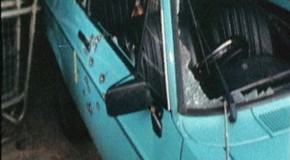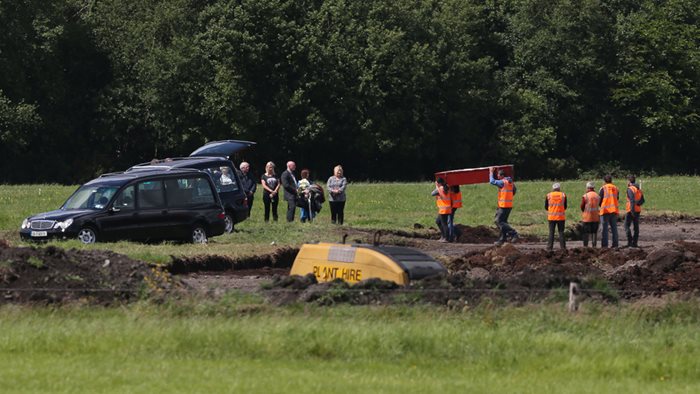Shoot-to-kill: Matt Baggott dovrà fornire i rapporti al Coroner

Chief Constable fails in shoot-to-kill bid
The Chief Constable has failed in a major legal challenge to the disclosure of secret reports into alleged shoot-to-kill cases in Northern Ireland.
 A High Court judge ruled that senior coroner John Leckey was right to decide next of kin should be allowed to see edited versions of the probes into a series of controversial Royal Ulster Constabulary shootings 28 years ago.
A High Court judge ruled that senior coroner John Leckey was right to decide next of kin should be allowed to see edited versions of the probes into a series of controversial Royal Ulster Constabulary shootings 28 years ago.
Campaigners described Mr Justice Gillen’s verdict as an important victory for the families.
The case involves six people, including IRA men, INLA suspects and a Catholic teenager, who were all shot dead around Lurgan and Armagh in 1982.
An investigation into whether police planned to kill them was carried out by former Greater Manchester Police Deputy Chief Constable John Stalker and Sir Colin Sampson of the West Yorkshire Police.
The Stalker/Sampson reports have never been made public.
The coroner’s probe has also widened to include the deaths of three RUC officers killed by an IRA landmine the same year.
Lawyers for the Chief Constable were seeking to judicially review Mr Leckey’s direction for the handing over of “redacted” copies of the two reports.
Police insisted the reports should not be disclosed, and then forwarded to next of kin, without the coroner first ruling on the relevance of the papers.
They wanted Mr Leckey’s determination quashed, arguing that it would impede applications for any Public Interest Immunity certificates.
But dismissing the police application, Mr Justice Gillen held that the Coroner must have a wide-ranging discretion as to how he conducts his inquiry.
He said: “If inquests are to maintain public confidence, put minds at rest and answer the questions of the families who are bereaved, it is vital to ensure that the interested parties/next of kin can participate in an informed, open and transparent fashion on an equal footing with all other parties throughout the various stages of the inquest including, at the very outset of the process, the very scope of the inquest.
“This can only be achieved where appropriate disclosure has been made of potentially relevant material.”
The judge acknowledged how next of kin may be in a “unique position” to help the coroner pursue avenues and throw new light on material.
He accepted arguments by Frank O’Donoghue QC, for Mr Leckey “that the need for a public investigation, in this instance into issues surrounding the allegation that the State has a shoot-to-kill policy, requires the coroner to view disclosure in a generous light to enable informed representations to be made by the notice parties as to the scope of the inquest itself.”





